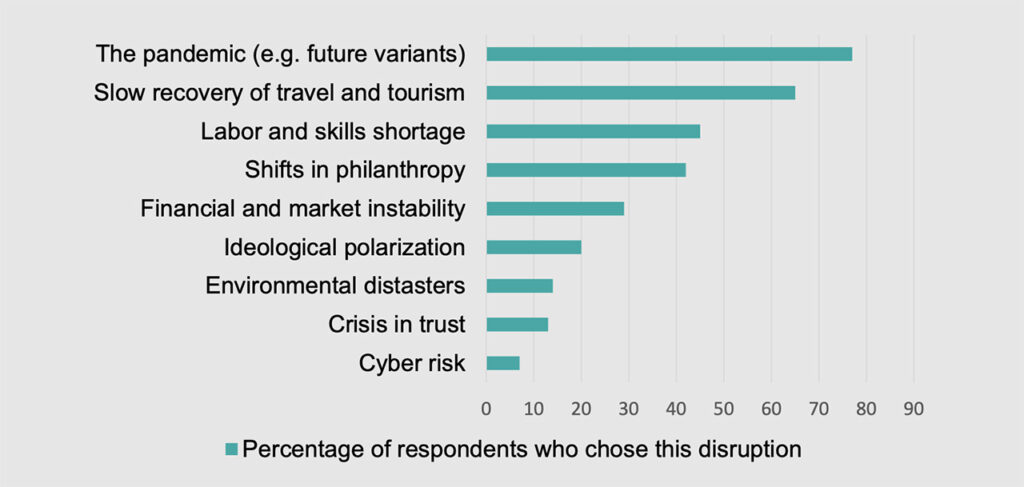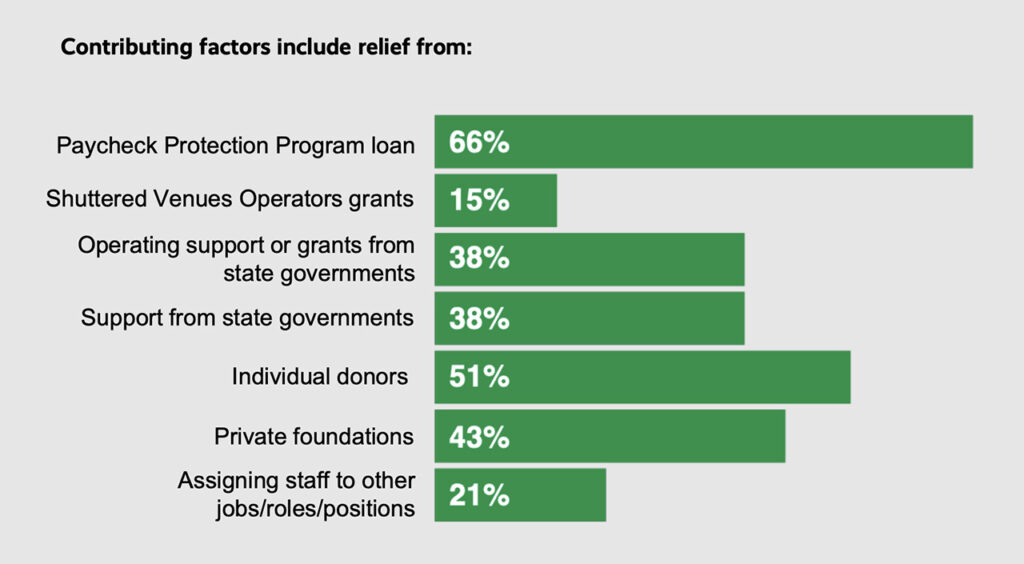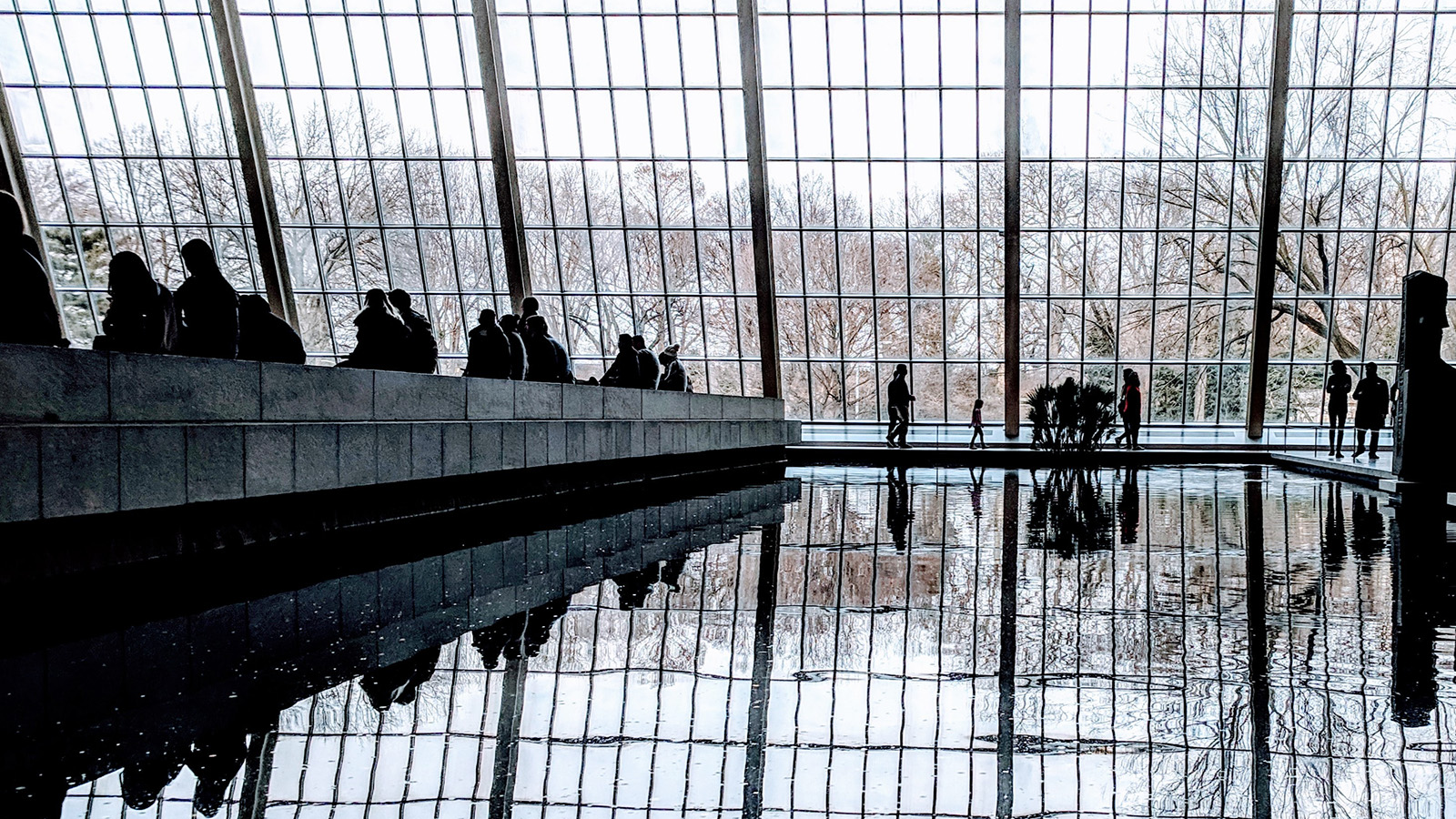Between December 8, 2021 and January 20, 2022, the American Alliance of Museums (AAM), in partnership with Wilkening Consulting, surveyed more than 700 museum directors to track the impact of COVID-19 on American institutions. The resulting report, The National Snapshot of COVID-19 Impact on United States Museums, is the fourth of its kind to be compiled by the AAM, and offers a stark view of how the pandemic, particularly the Omicron variant, continues to affect museums’ finances and operations. The majority of respondents reported financial losses, but the lockdowns have accelerated the development of digital strategies that will benefit institutions beyond the pandemic.
Most museums are financially struggling

Looking ahead, survey respondents reported factors such as future variants, the slow recovery of travel, and general market instability being key disruptors to their business strategies in the next 12 months. Image: AAM
Since a lack of visitors equals loss in ticket sales and slow retail traffic, it’s natural that institutions are suffering grave financial impact. In the survey, 60 percent of respondents reported losses since March 2020 when lockdowns started, with the average loss being $791,000. Despite many institutions reopening in late 2020 and early 2021, 12 percent of respondents remain closed at the time of the survey. And of the museums open, only 62 percent report welcoming pre-pandemic numbers of visitors.
The effects of COVID-related lockdowns are likely to remain for the upcoming months. Respondents foresee factors such as future variants, the slow recovery of travel, and a lack of labor being primary disruptors to their operations. Still, despite financial pressures, 83 percent of museums said they’re not worried about their museums closing in 2022, and only 6 percent reported being at significant risk of closure.
Empty job positions continue to be an issue

Government funds, as well as donations from individual patrons and private foundations, have proven vital to museums’ recovery. Image: AAM
While more than half of respondents have furloughed staff since April 2021, 73 percent noted that they retained their entire staff. This is primarily due to government funding and federal relief funds such as the Paycheck Protection Program and Shuttered Venue Operators grants. But layoffs aren’t the only issue: 56 percent of respondents said they’re having trouble filling empty positions.
One solution to filling these vacant roles is to increase opportunities for remote employment for all positions, which increases the candidate pool and reduces the possibility of virus transmission. However, according to the report, only 4 percent of respondents allowed guest services, admissions, frontline, and retail staff to work remotely. In contrast, remote work opportunities went to executive level and corporate positions.
Virtual programming and community engagement are here to stay
In better news, the vast majority of respondents said they intended to sustain some of the practices they implemented over lockdowns, including community support and virtual programming. While 39 percent of respondents reported their interest in developing facilities or programs for online learning, 76 percent intend to continue virtual programming, with 29 percent indicating they’ll host virtual events only for fundraising purposes. Museums are also interested in maintaining much needed community engagement, with 18 percent intending on continuing food bank and wellness programs.



